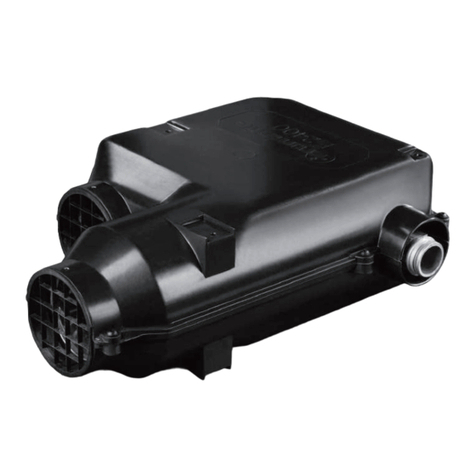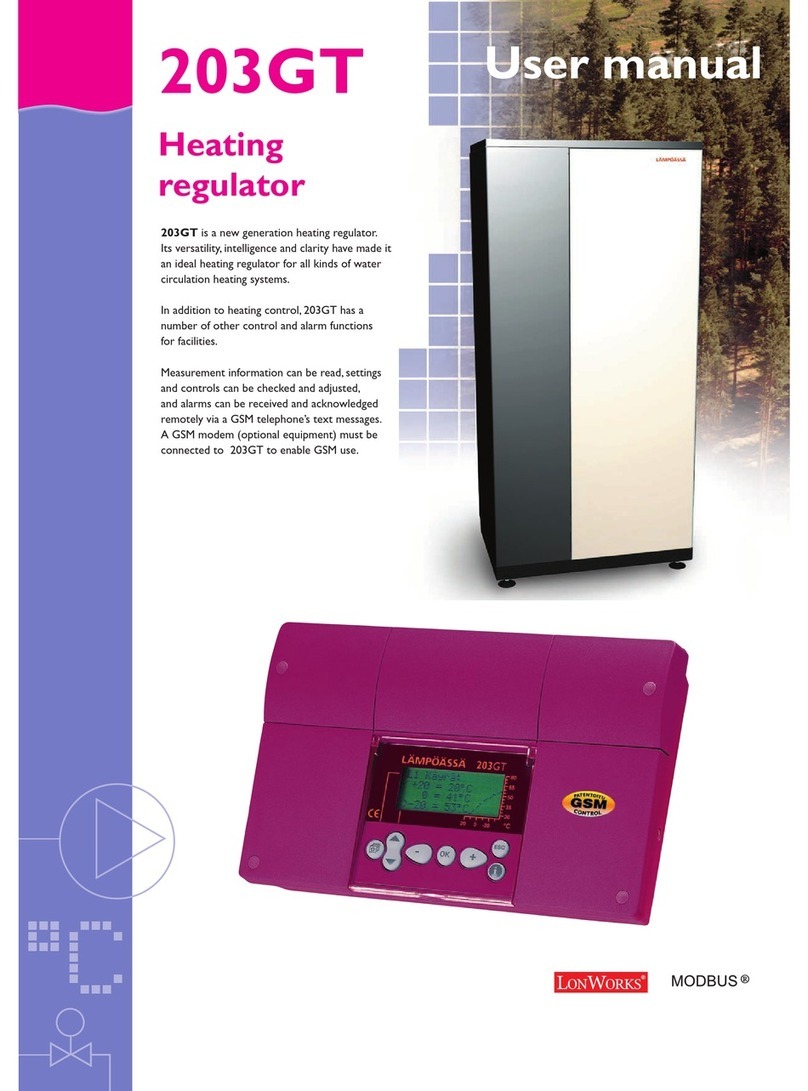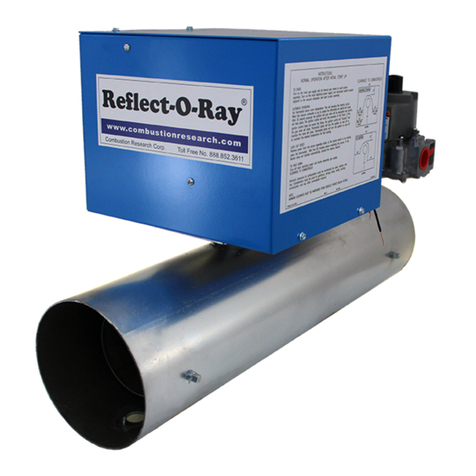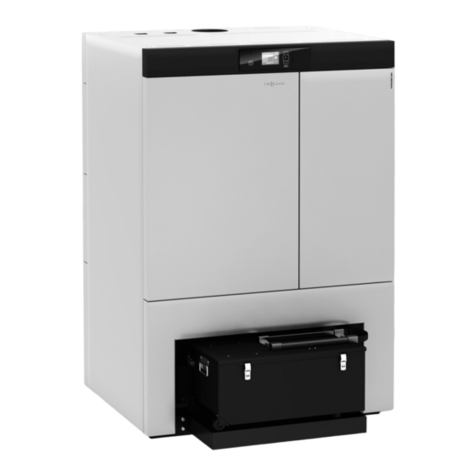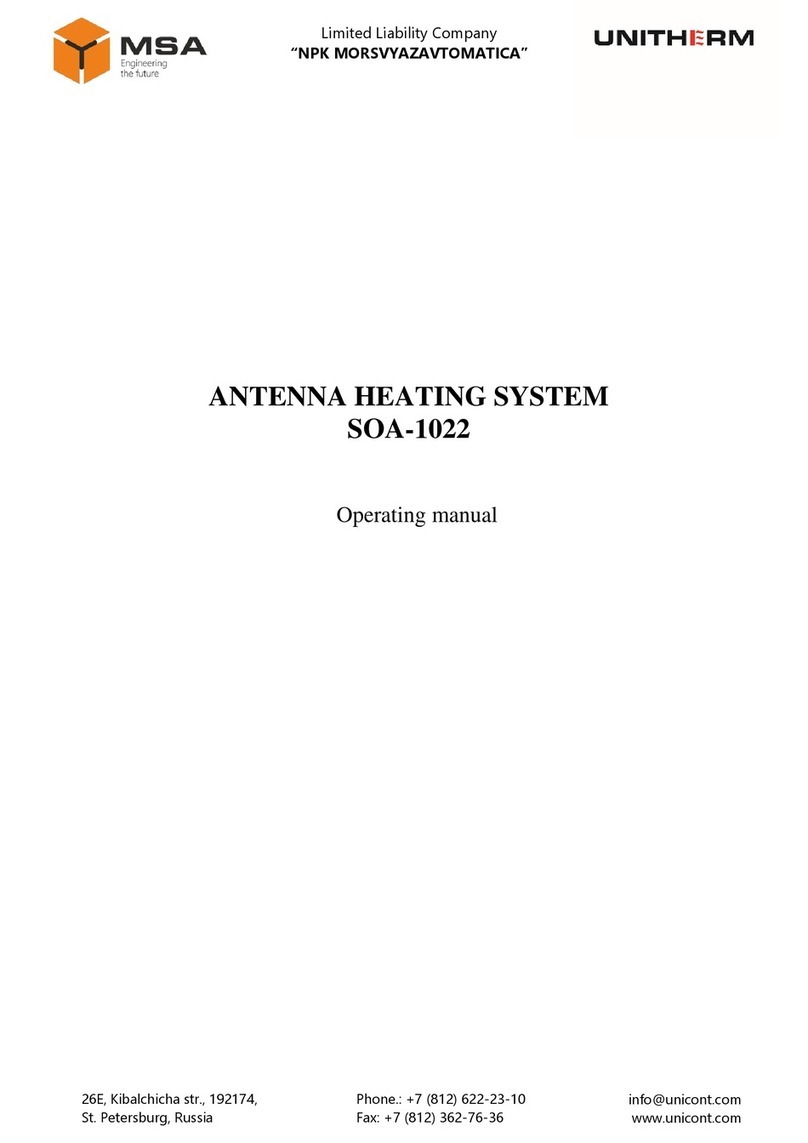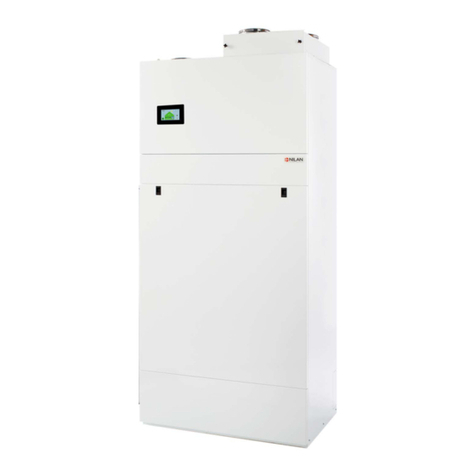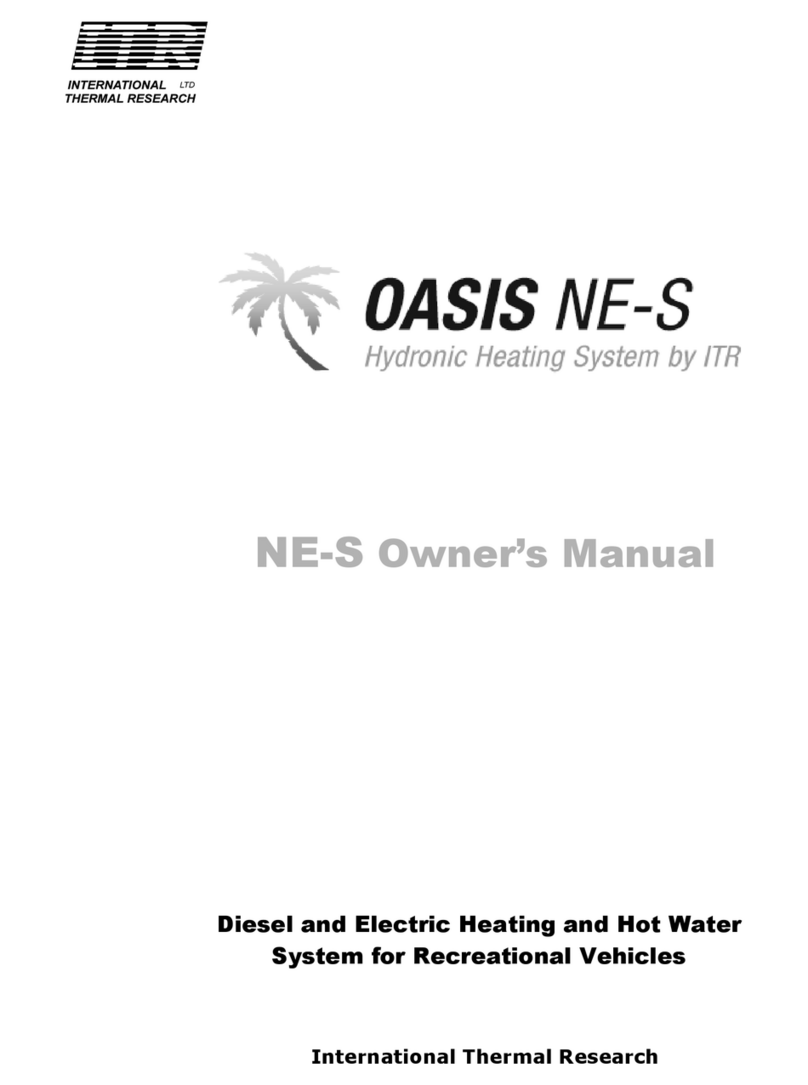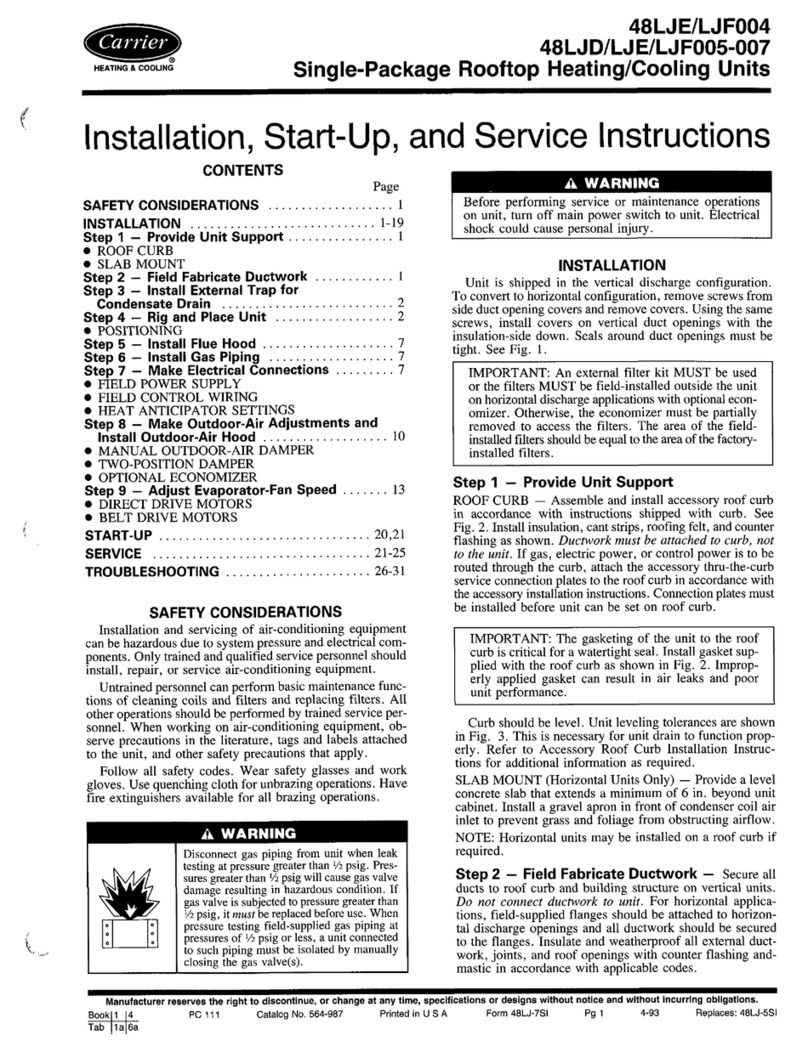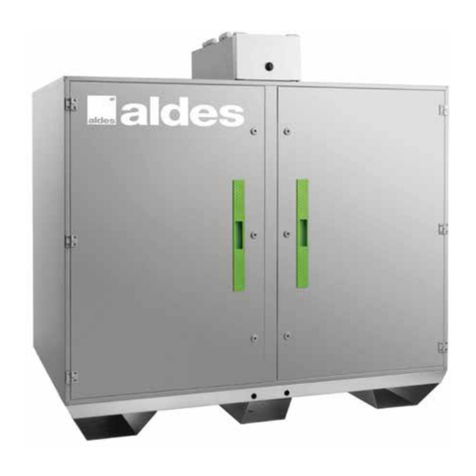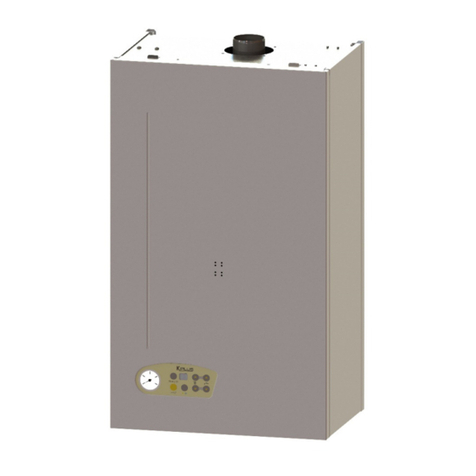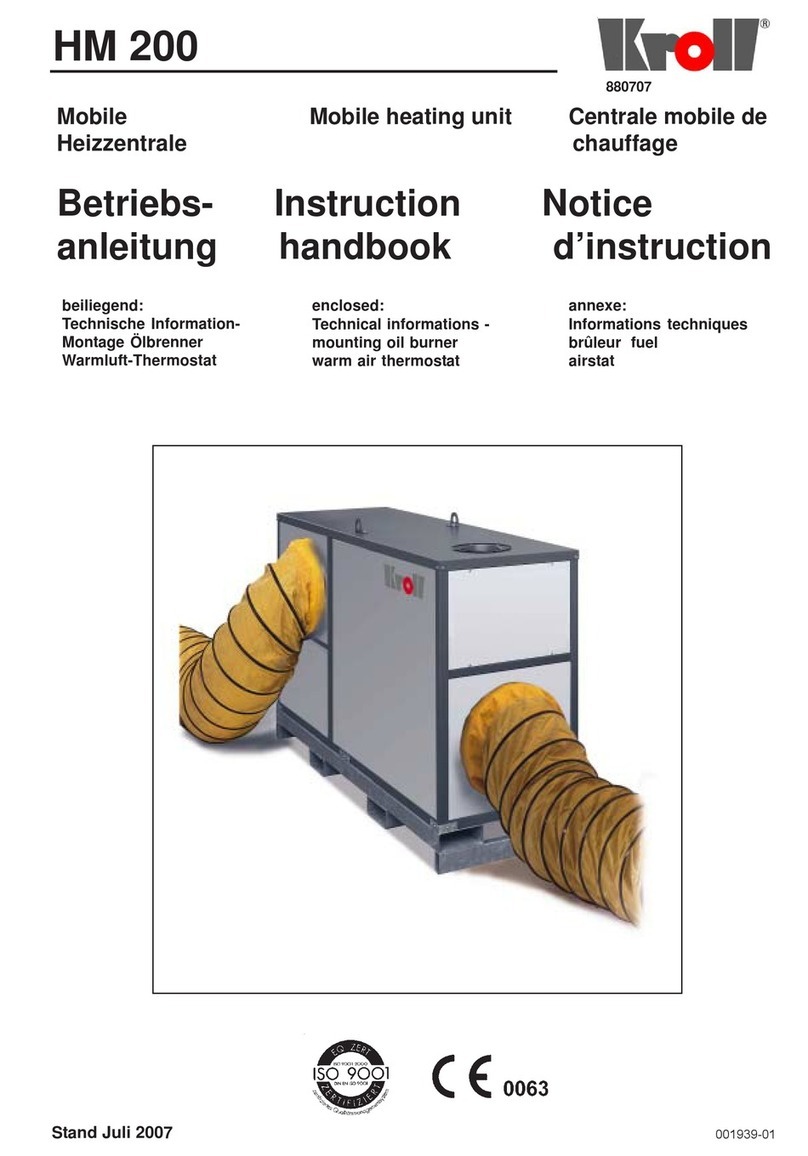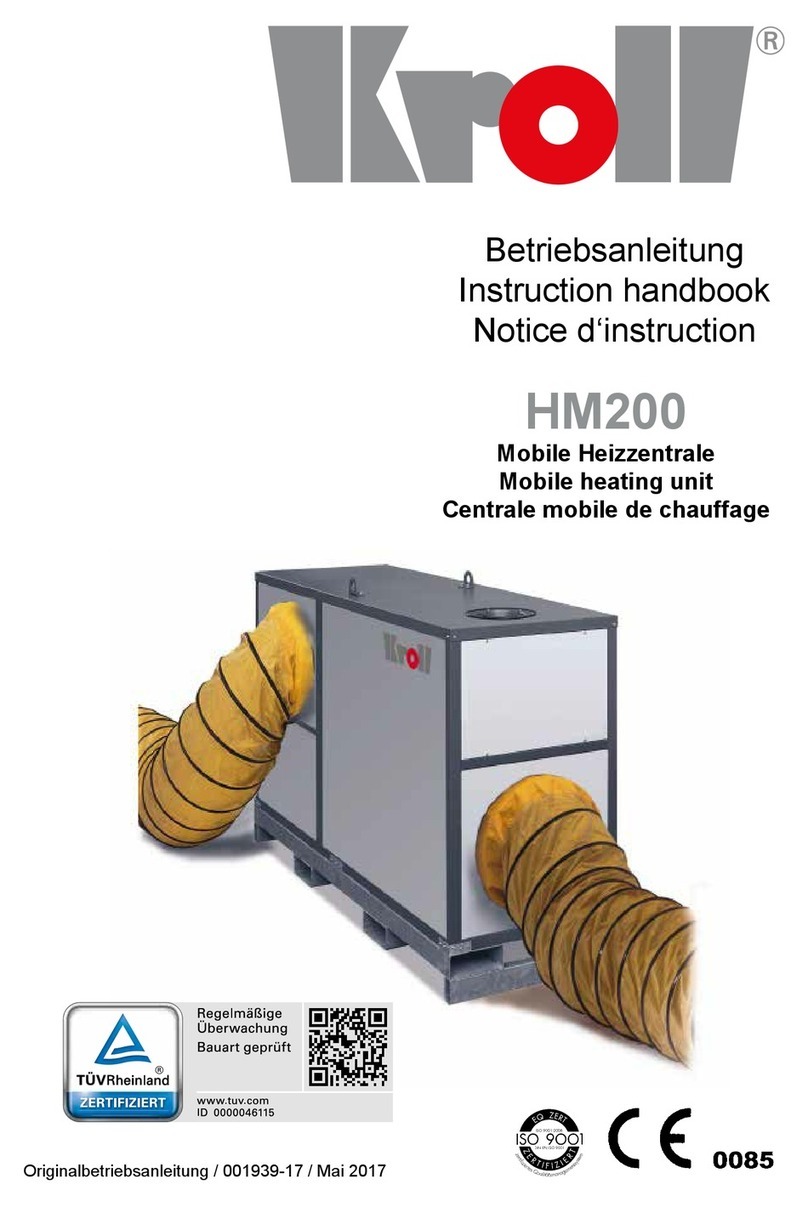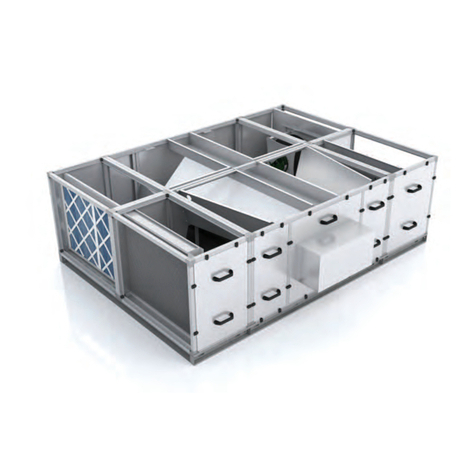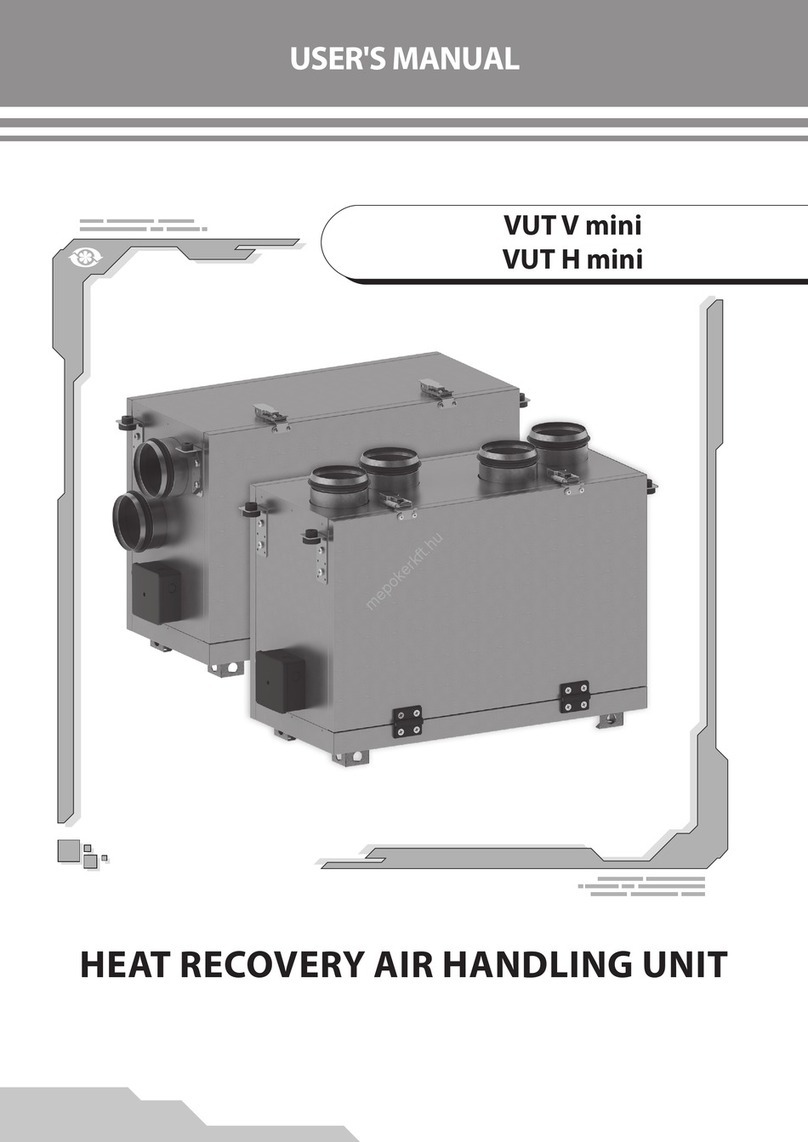
Omega II®Installation, Operation & Maintenance
Page 4 Combustion Research Corporation
ELECTRICAL GROUNDING
The burner and blower unit must be electrically grounded in
accordance with the following codes:
United States: Refer to National Electrical Code®,
ANSI/NFPA 70 (latest edition). Wiring must conform to the
latest edition of National Electrical Code®, local ordinances,
and any special diagrams furnished.
Canada: Refer to Canadian Electrical Code CSA C22.1
Part 1 (latest edition).
GAS INPUT LINES
The method of pipe sizing must conform to the U.S.
National Standards: ANSI Z223.1 (current standard)
National Fuel Gas Code or CAN 1-B149.1 Installation
Code, and should be installed in accordance with all
National and Local Codes and ordinances.
CLEARANCES AND ACCESSIBILITY
Inlet air assemblies are to be installed with the air opening
pointing toward the ground to protect against rain and
snow. Inlet is provided with a bird screen. Adequate
clearance must be provided around the inlet air assembly
opening to provide an unobstructed entry for the
combustion air. The air should be taken from outside the
building. Clearances must be sufficient to provide
accessibility for servicing. The air inlets must be a
minimum of six feet (6') from the exhaust port.
AGRICULTURAL INSTALLATIONS
In agricultural installations Omega II®heating systems must
be installed as vented systems only.
HAZARDOUS LOCATIONS
Where there is the possibility of exposure to combustible
airborne materials or vapor, consult the local Fire Marshal,
the fire insurance carrier, or other authorities for approval of
the proposed installation. Omega II®heating systems DO
NOT qualify for use in explosion proof installations.
INSTALLER QUALIFICATIONS
Only firms or individuals qualified to perform work in
accordance with the applicable specifications should be
engaged to install a Omega II®system. Consult local
Building Inspectors, Fire Marshals, or the local applicable
Combustion Research Corporation representative for
guidance.
INSTALLER RESPONSIBILITY
Omega II®systems are installed on the basis of information
given in a layout drawing. Together with these instructions
and the cited codes and regulations comprise the
information needed to complete the installation. The
installer must furnish all needed material that is not
furnished as standard Omega II®equipment, and it is his
responsibility to see that such materials, as well as the
installation methods he uses result in a job that is workman
like and in keeping with all applicable codes.
In storage areas where stacking of materials may
occur, the installer must provide signs that specify the
maximum stacking height so as to maintain the
required clearance to combustibles. A temporary
sample sign can be found at the end of the manual.
GENERAL CONSIDERATIONS
Combustion Research Corporation Factory
Representatives are experienced in the application of this
equipment and can be called on for suggestions about
installation which can give the owner of the building a more
satisfactory and economical installation.
When installing the Omega II®system, take maximum
advantage of the building upper structure, beams, Joists,
purloins etc. from which to suspend the system. Mount
units at minimum height for ease of installation and
maintenance but of specified height to fully utilize the
building.
The general lay out of the Omega II®heating system has
been established by the engineering drawing. The Omega
II®heaters are used to heat building structures as well as
localized areas that would include doors, loading docks and
isolated workstations throughout the building. The location
of the Omega II®heaters should be such that the area is
covered uniformly, in that the heat is positioned on the
perimeter or to each side of the area to be heated, rather
than directly overhead. This will give a better comfort
condition for workers who would be in these areas. Consult
with your representative or the factory for additional
guidance in designing the optimum layout for your project.
Omega II®is a suspended system, which requires that
consideration be given to the factors that determine its
stability, flexibility, safety, and satisfactory operation.
Before installation, the contractor should inspect the
building along with the owner (or engineer) responsible for
the building to check on the use of the building. Inspection
of the building including the use of floor space for storage
and height of materials stored in the building must be noted
so that there are no problems with clearances to
combustibles. Particular care should be taken over doors
and high objects such as busses, trucks, cranes, car lifts,
etc. Whenever possible use side wall penetrations for
combustion air inlets to burners and exhaust venting.
DO -
Maintain specified clearances to combustibles, and
to heat sensitive material, equipment, and
workstations.
Provide approved heat radiation shielding or
barriers if needed. Refer to the National Fuel Gas
Code for guidance.
Provide access for general servicing; provide easy
access for complete removal of burner and blower.
Familiarize yourself with local and national codes.
Develop a planned installation procedure, which will
conserve material and labor on the job. Check to
see that all material and equipment is on the job
before starting installation. Be sure to
accommodate thermal expansion of the hot tube.
Use the gas connector ONLY as shown in the
instructions.
Provide end clearance so tubing won't expand and
touch a wall or a structural member.
